Industry information
Company News
- Aluminum veneer curtain wall: the magnificent coat of modern architecture
- Exploring the Fashion Journey of Punched Aluminum Veneer
- Unveiling the Charm and Construction Details of Aluminum Veneers in Curtain Walls
- Aluminum veneer: the secret power behind lightness
- Fluorocarbon aluminum veneer: not just aluminum, but also architectural art
Industry dynamics
- Fluorocarbon aluminum veneer, the fashionable "coat" of modern architecture
- Punched aluminum veneer: the fashionable choice for modern architecture?
- Who can win the competition between aluminum veneer and composite materials?
- How to create a new fashion for curtain walls with aluminum veneer separated by a board?
- What is the production efficiency of aluminum veneer?
Frequently asked questions
- What are the maintenance methods for aluminum veneer?
- Can the insulation function of aluminum veneer be long-lasting and effective?
- Can aluminum veneer be applied to the exterior design of sports buildings?
- What is the thermal insulation performance of aluminum veneer?
- Can aluminum veneer be used for building canopy design?
contact us
Mobile:+86 15627778610
Email: 2201229786
Address: No. 5 Binjiang Road, High tech Zone, Zhaoqing City, Guangdong Province
What are the technical parameters of curtain wall aluminum veneer?
- Author: Xinlongtai Aluminum Industry (Guangdong) Co., Ltd
- Release time: March 20, 2025 19:38:29
- Click:0
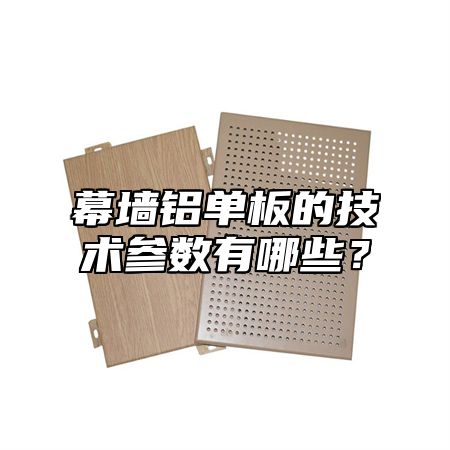
curtainAluminum veneerIt is a common exterior wall decoration material, and its technical parameters mainly depend on factors such as material composition, structural design, and surface treatment. Generally speaking, the technical parameters of curtain wall aluminum veneer include the following aspects.
The material parameters of curtain wall aluminum veneer are one of its important technical parameters. Normally, the main material for curtain wall aluminum veneer is aluminum alloy sheet, with commonly used alloy series including 3003, 5052, 6061, etc. These alloys have high strength and hardness, which can meet the requirements for the use of aluminum veneer in curtain walls. Other materials such as glass and sealant can also have a certain impact on the technical parameters of curtain wall aluminum panels.
The structural design of curtain wall aluminum veneer is also one of its important technical parameters. Generally speaking, the structural design of curtain wall aluminum veneer should be reasonable to avoid the occurrence of cold and hot bridges. Cold hot bridge refers to the heat transfer path in a building caused by improper structural design, which can affect the insulation performance and service life of the entire building. Reasonable structural design can improve the overall performance and service life of curtain wall aluminum veneer.
The surface treatment of curtain wall aluminum veneer is also one of its important technical parameters. Generally speaking, the surface of curtain wall aluminum veneer should be treated with anodizing or electrophoretic coating to increase its surface hardness and wear resistance, thereby improving its overall performance. Polyurethane and other insulation coatings can also be sprayed on the surface to further improve its insulation performance and durability.
Other technical parameters of curtain wall aluminum veneer include dimensional accuracy, color, coating thickness, surface glossiness, etc. These parameters will directly affect the appearance and usage effect of the curtain wall aluminum veneer. For example, curtain wall aluminum veneer with high dimensional accuracy can better meet the appearance requirements of buildings; The color and coating thickness can be selected and designed according to different usage scenarios.
The technical parameters of curtain wall aluminum veneer are very rich and need to be comprehensively considered according to the actual situation. When selecting and using curtain wall aluminum veneer, it is necessary to conduct a comprehensive evaluation based on factors such as the building's usage needs, budget, and maintenance costs, in order to achieve better cost-effectiveness and usage effects.

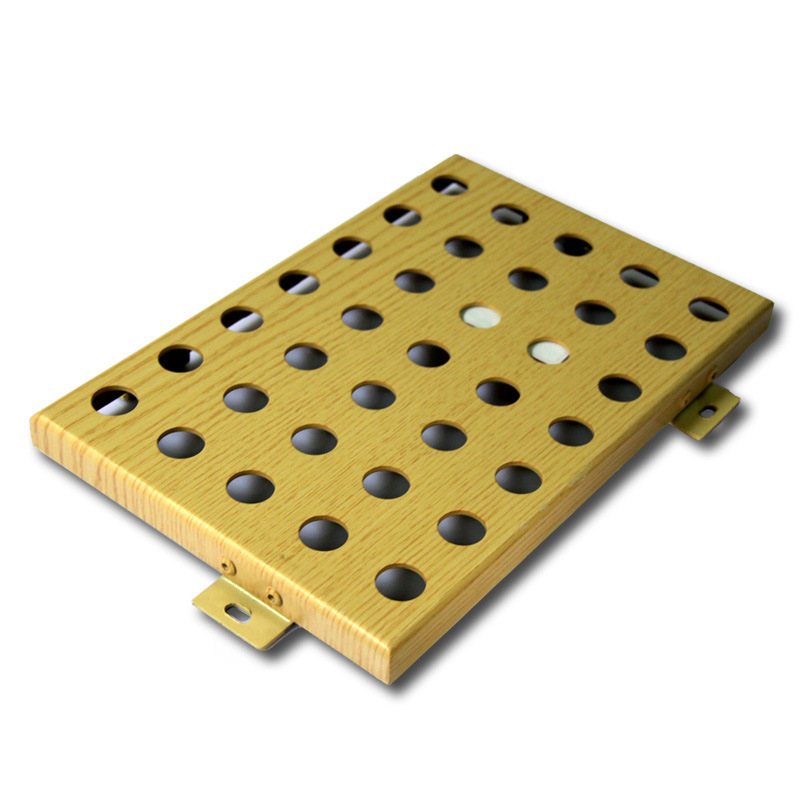
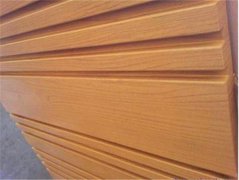
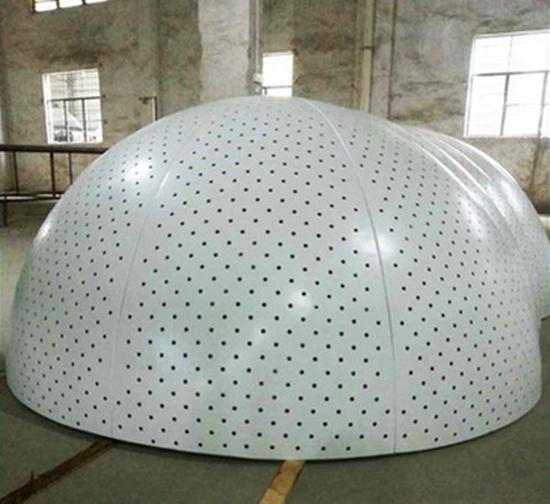
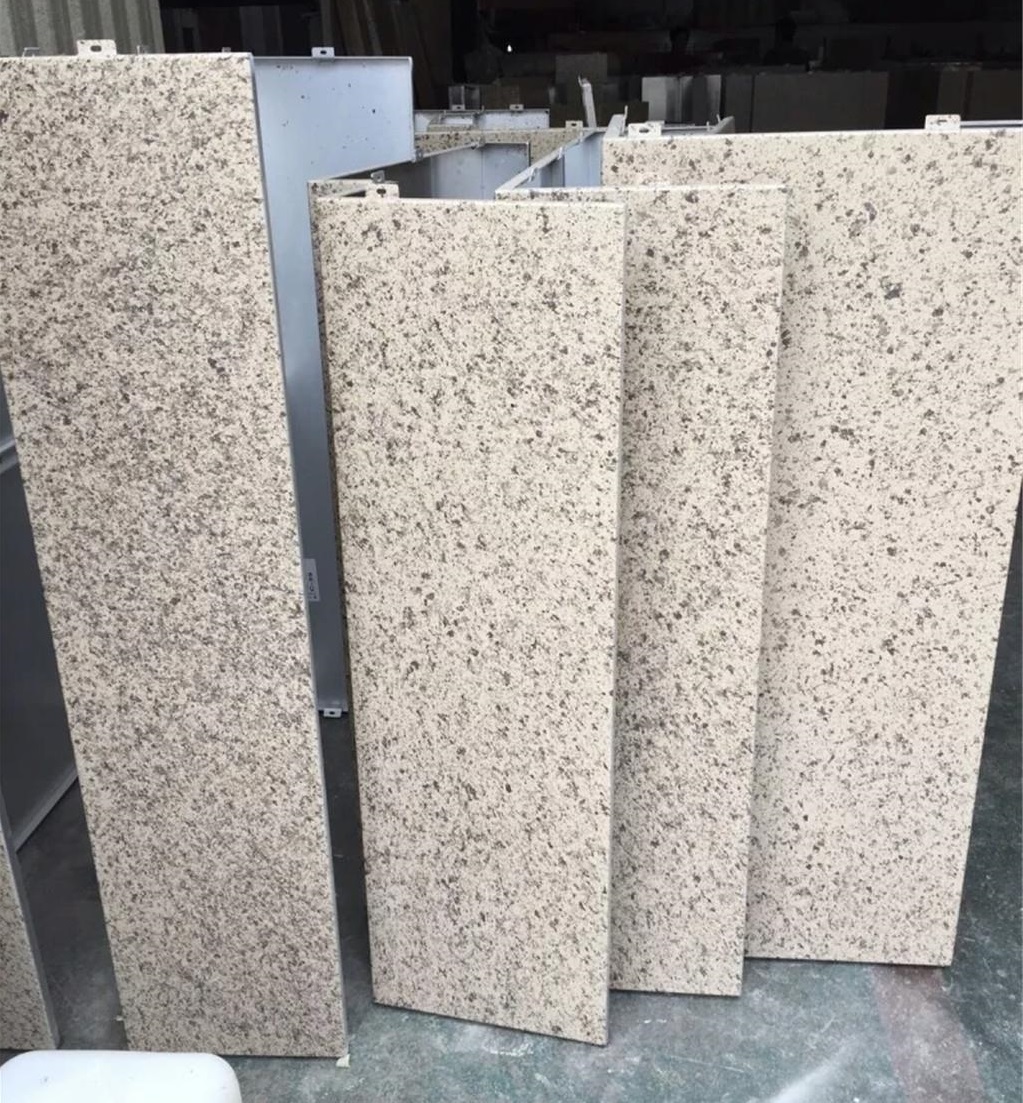
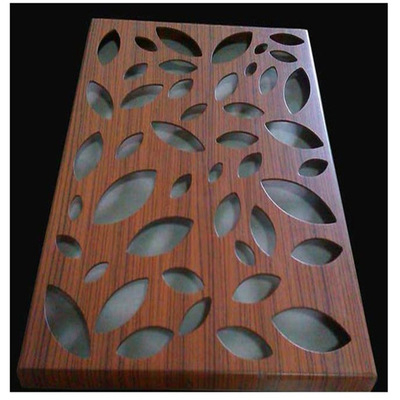

 Customer service QQ
Customer service QQ